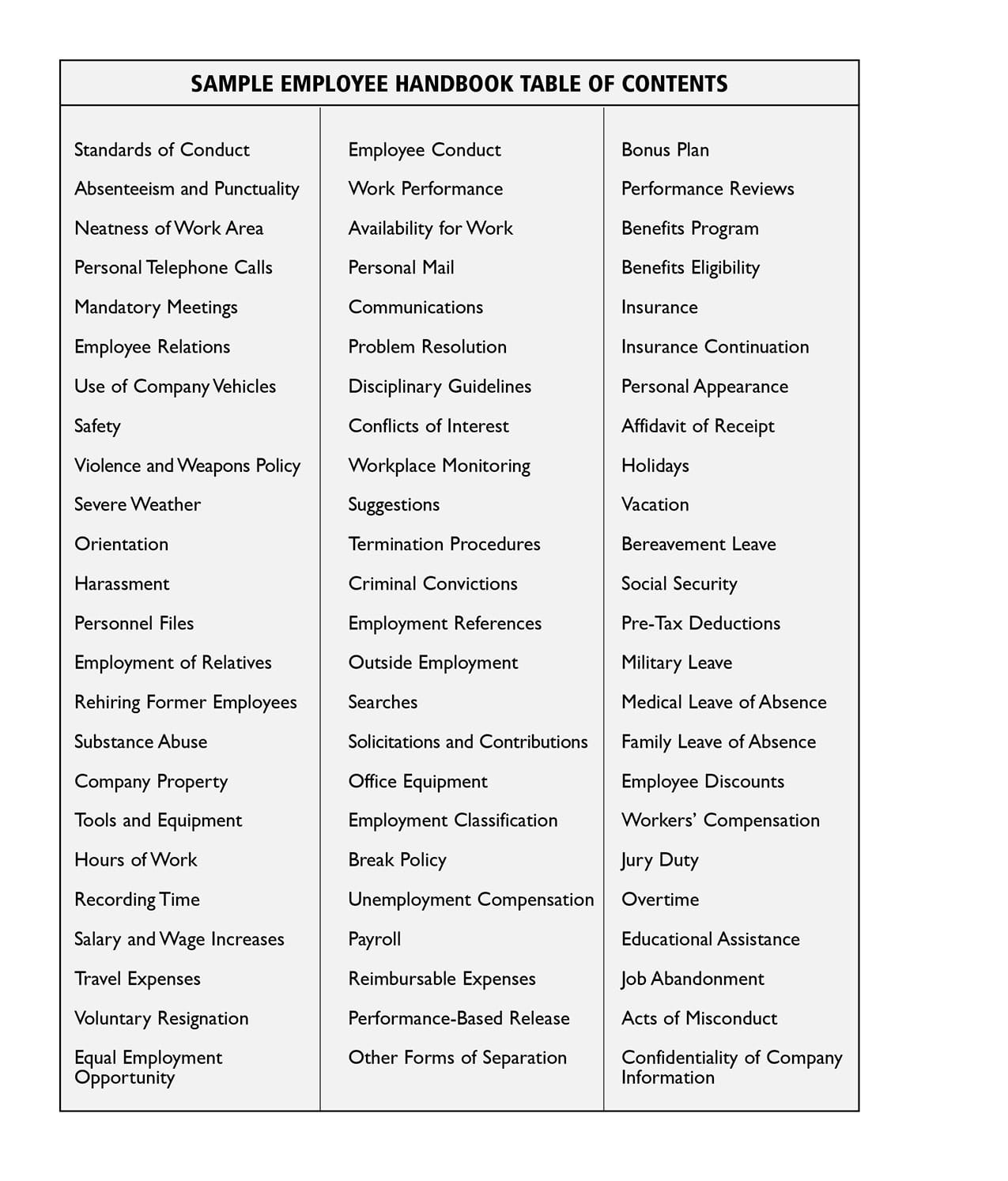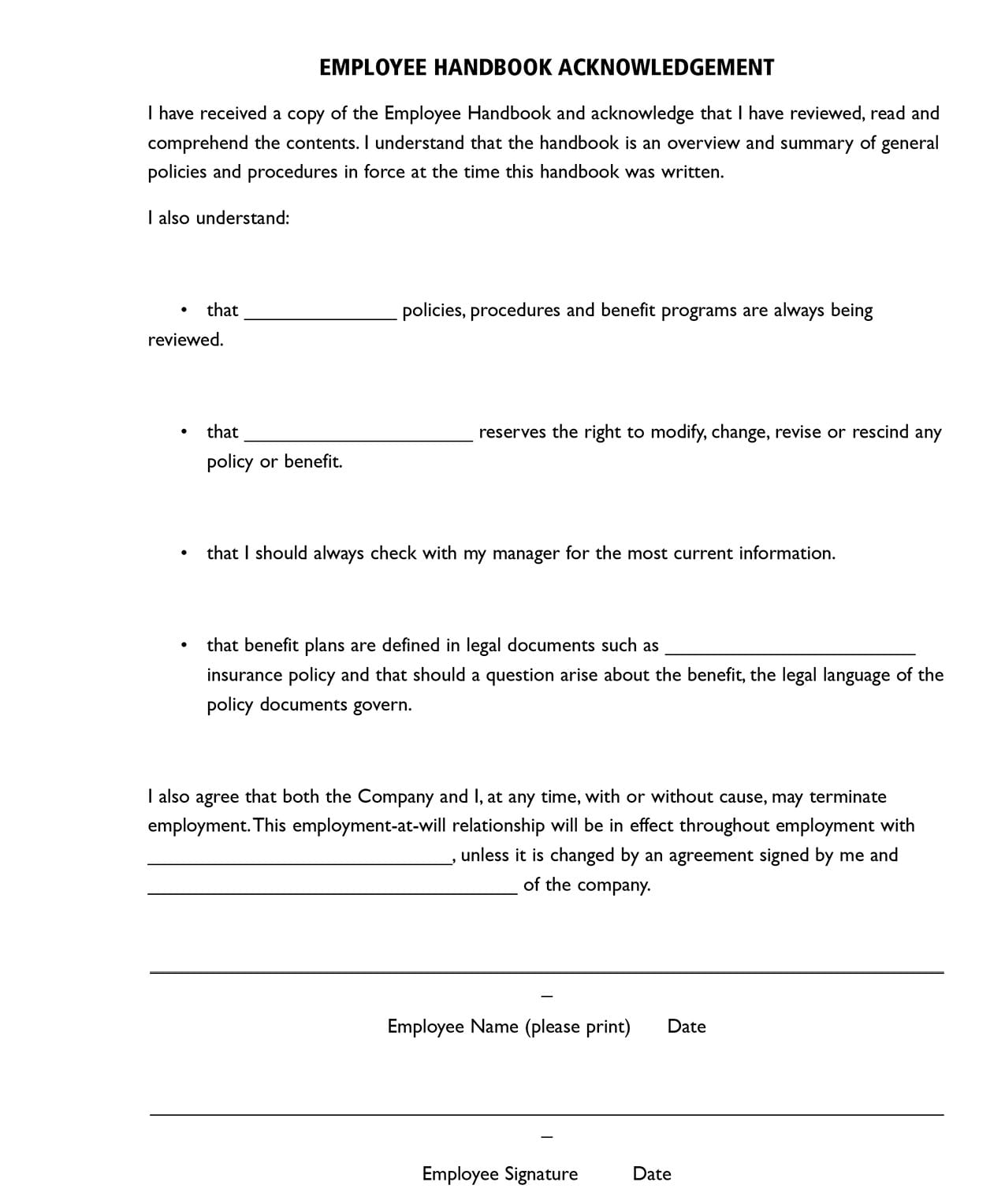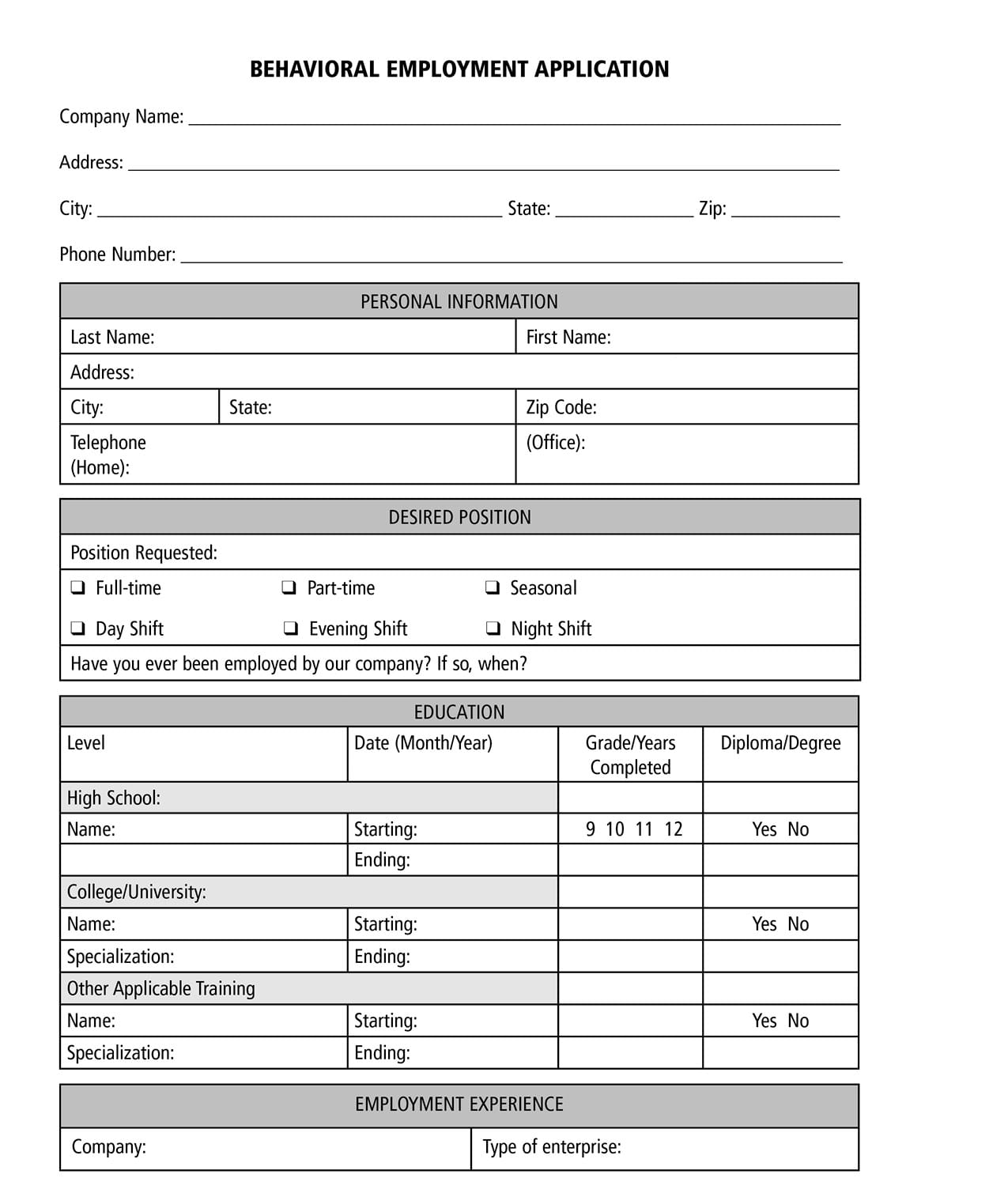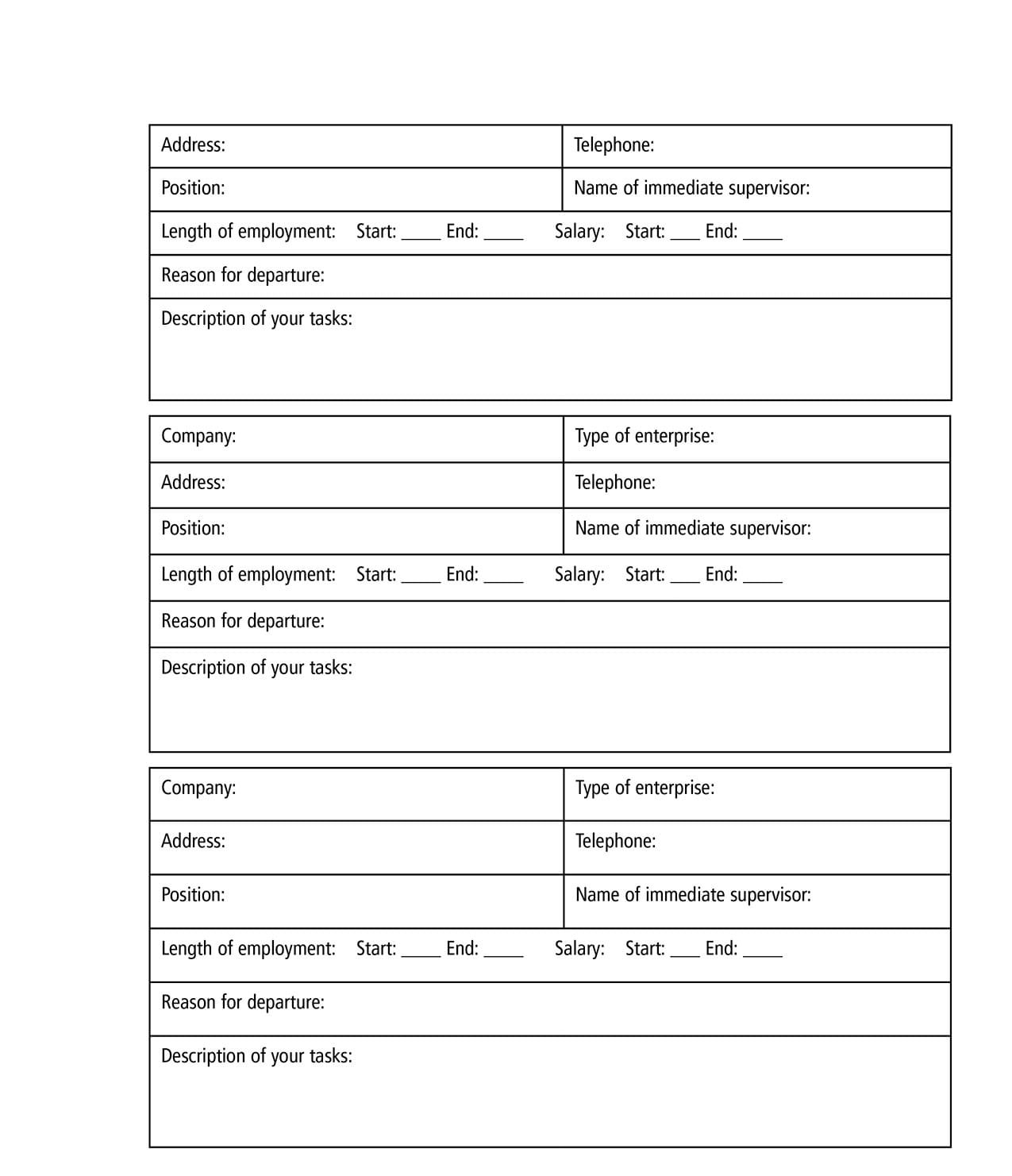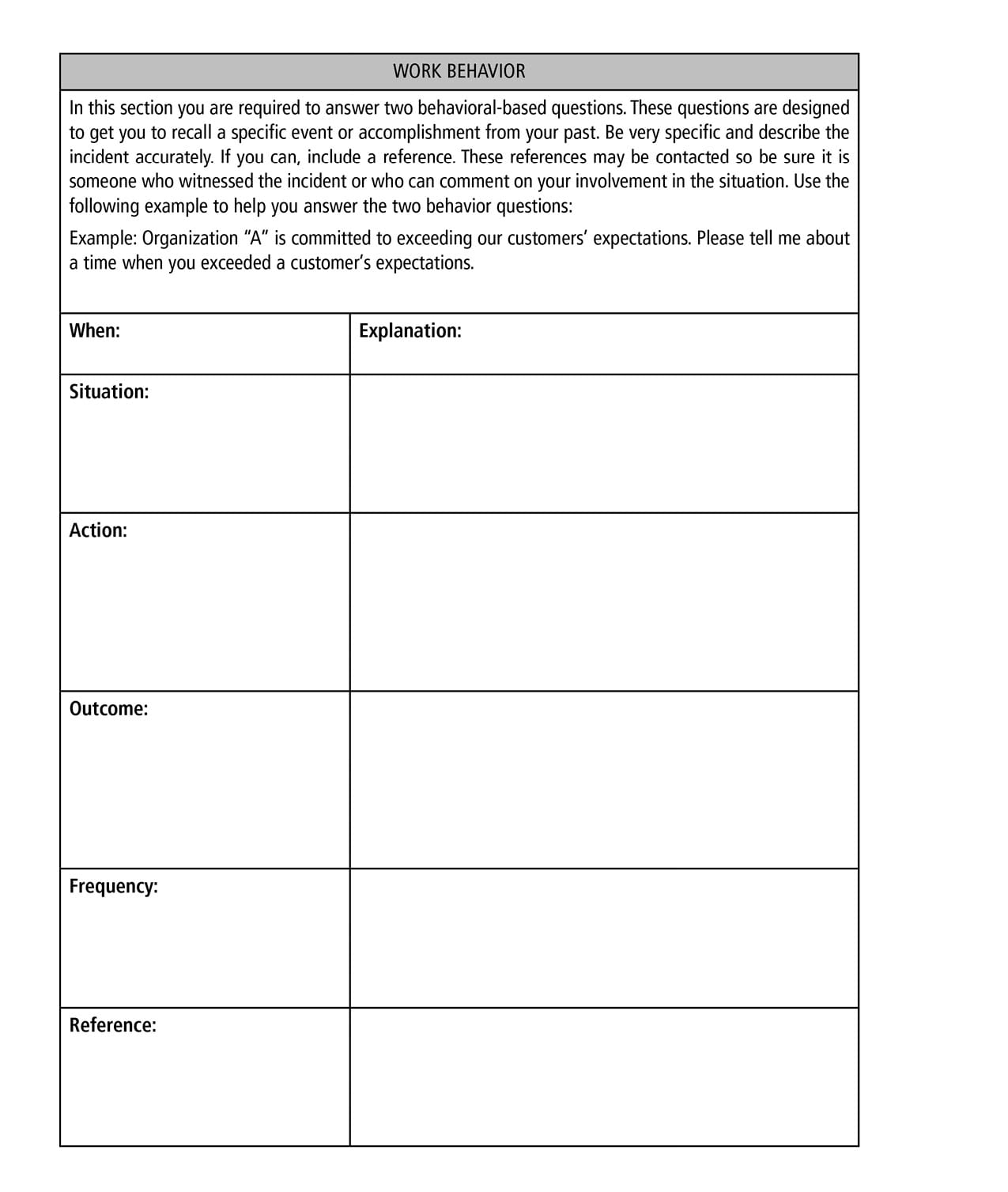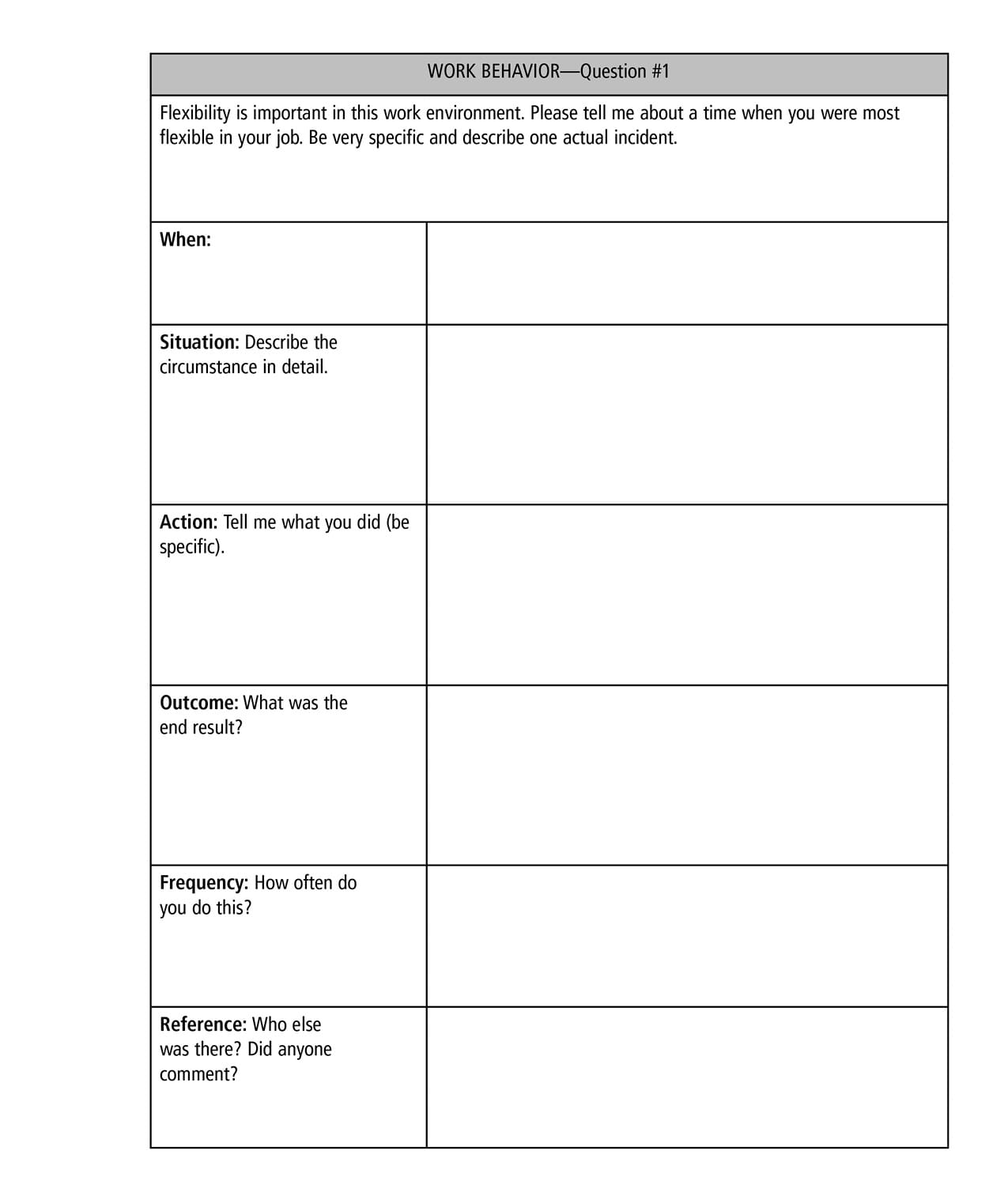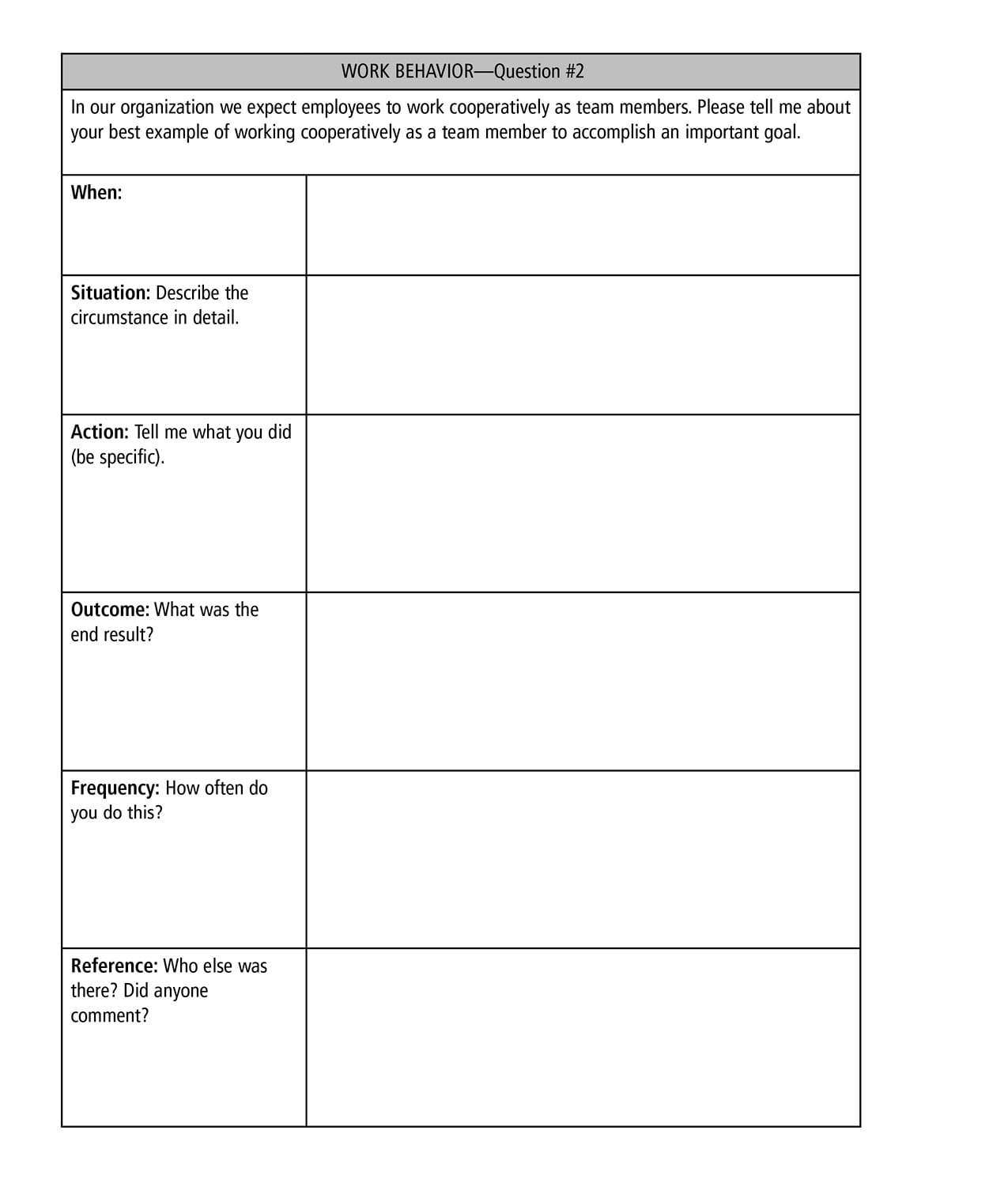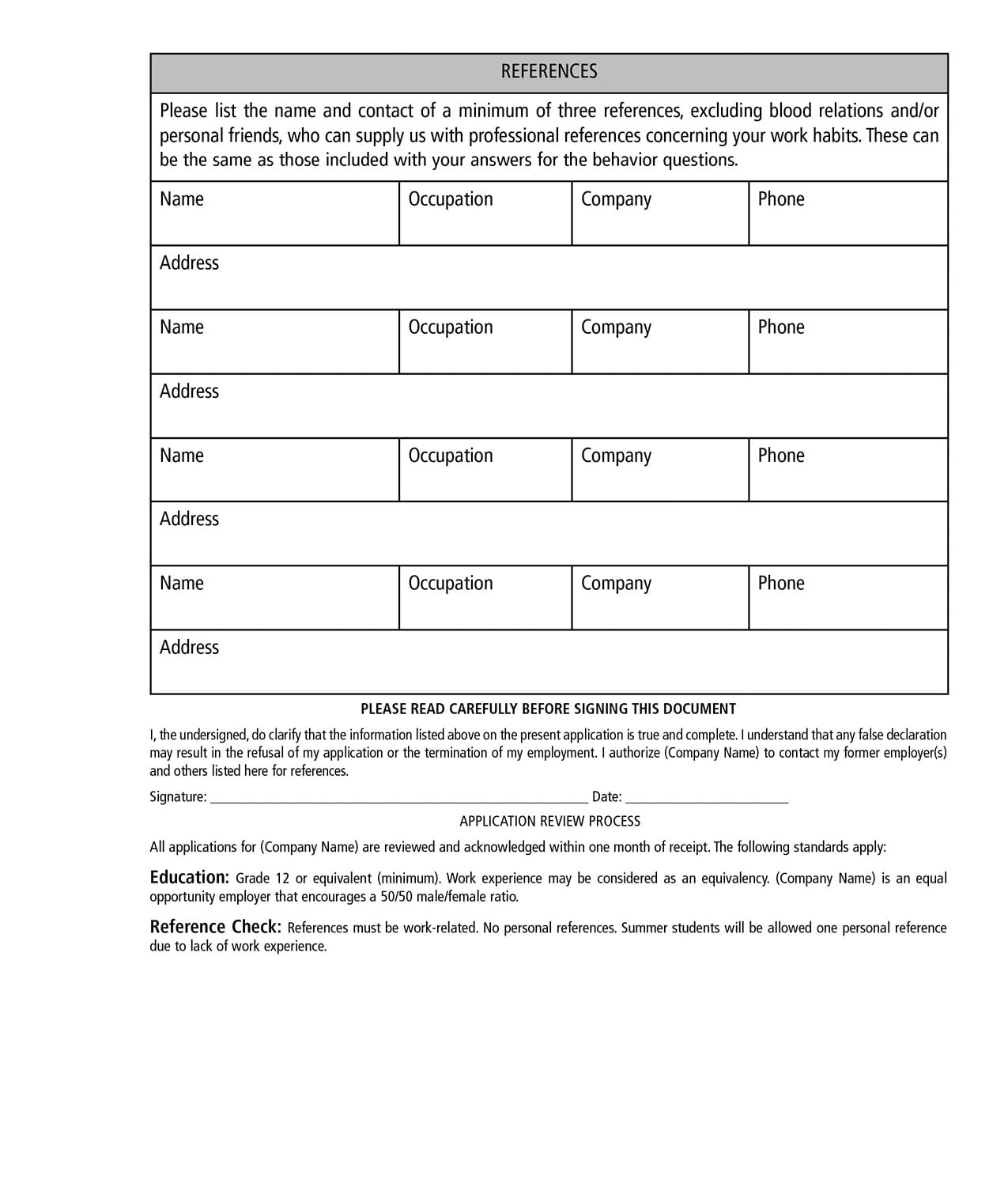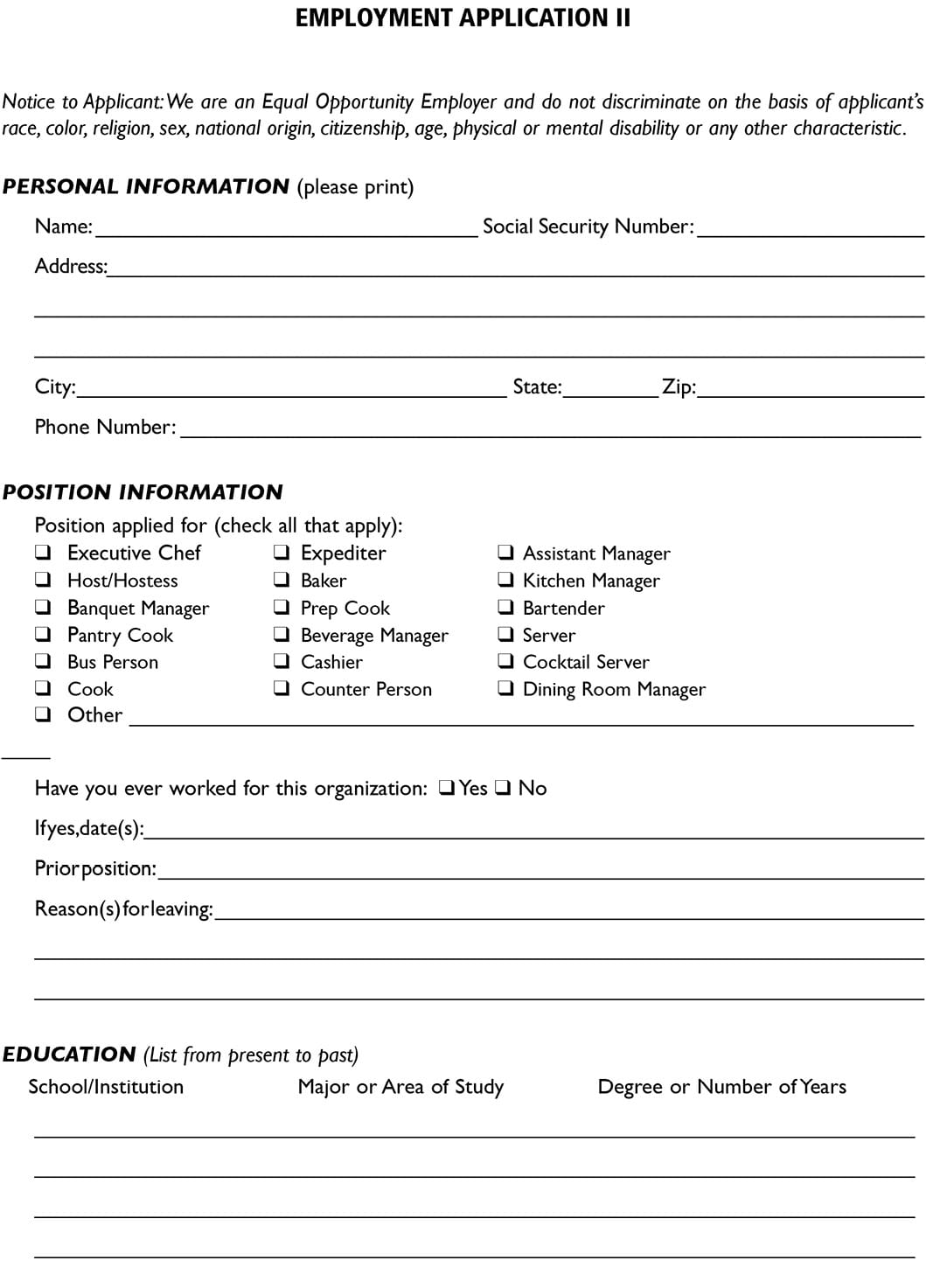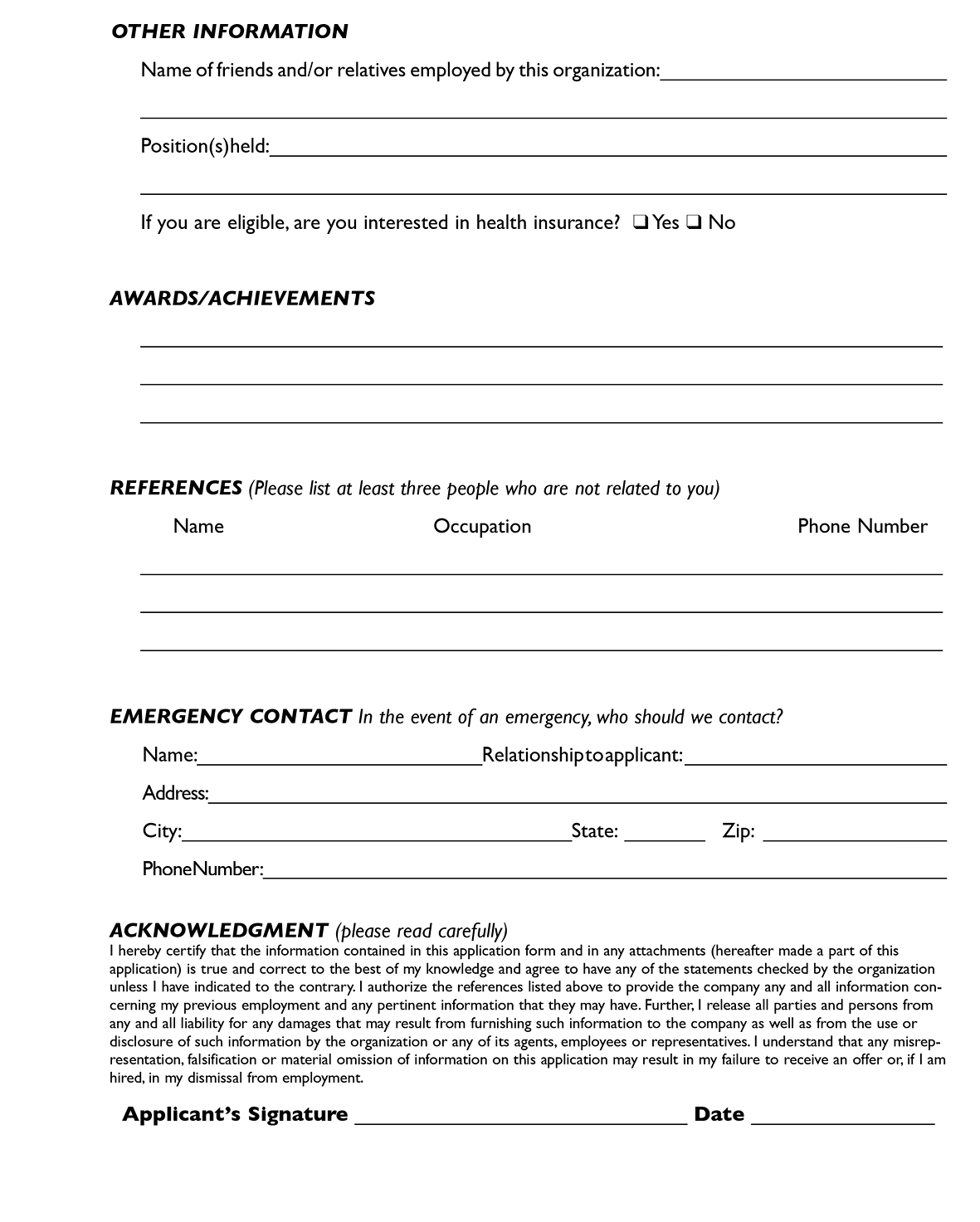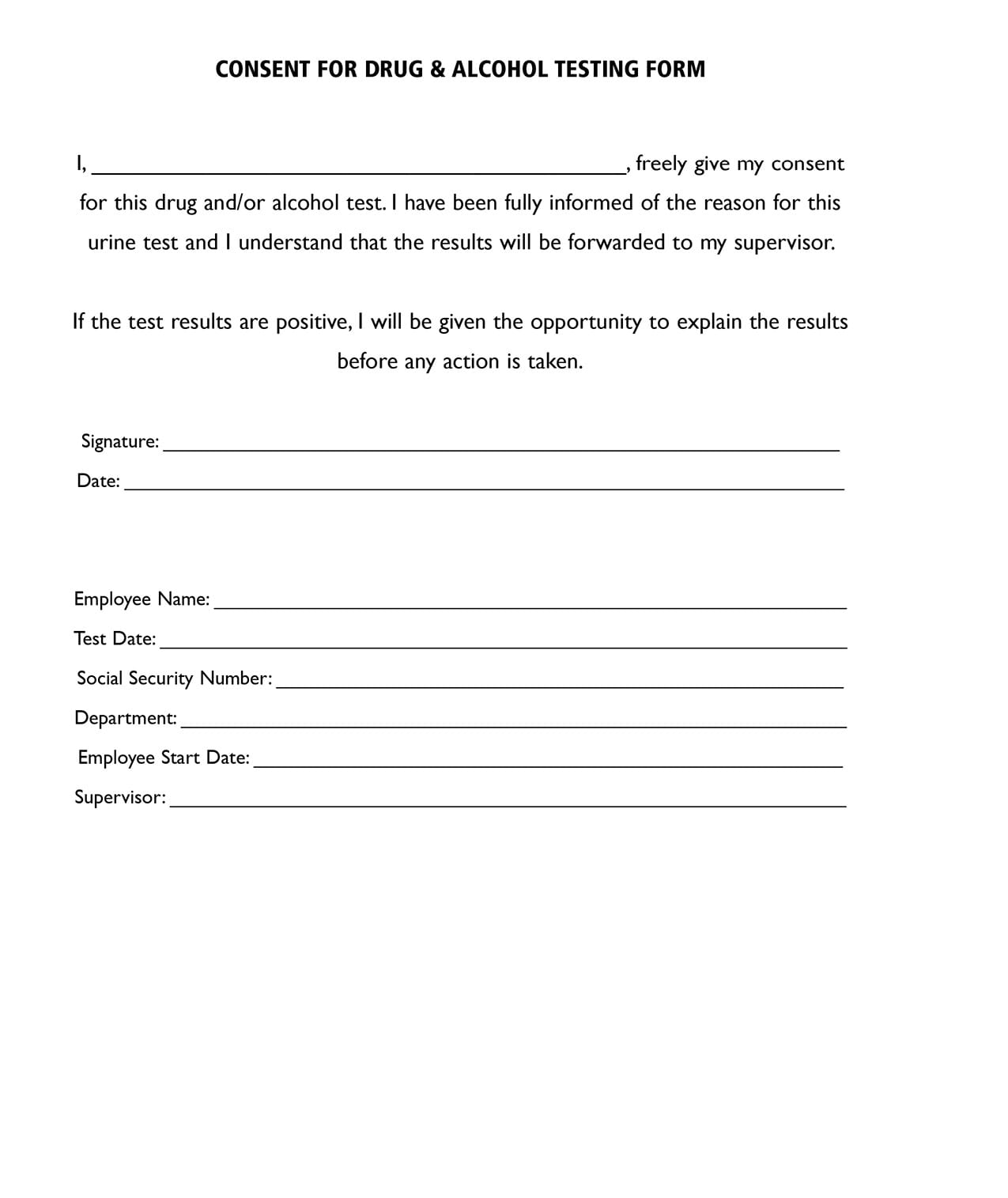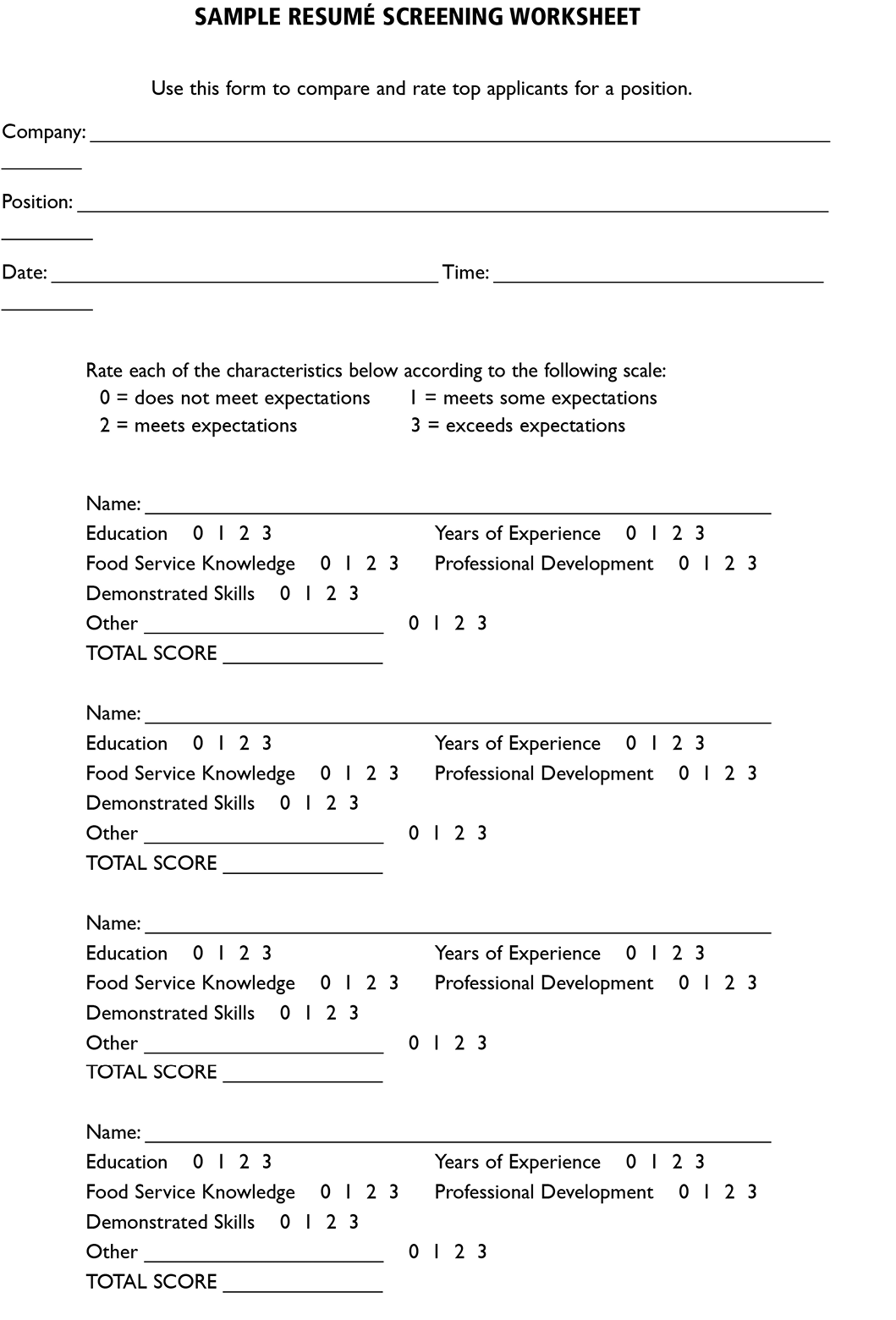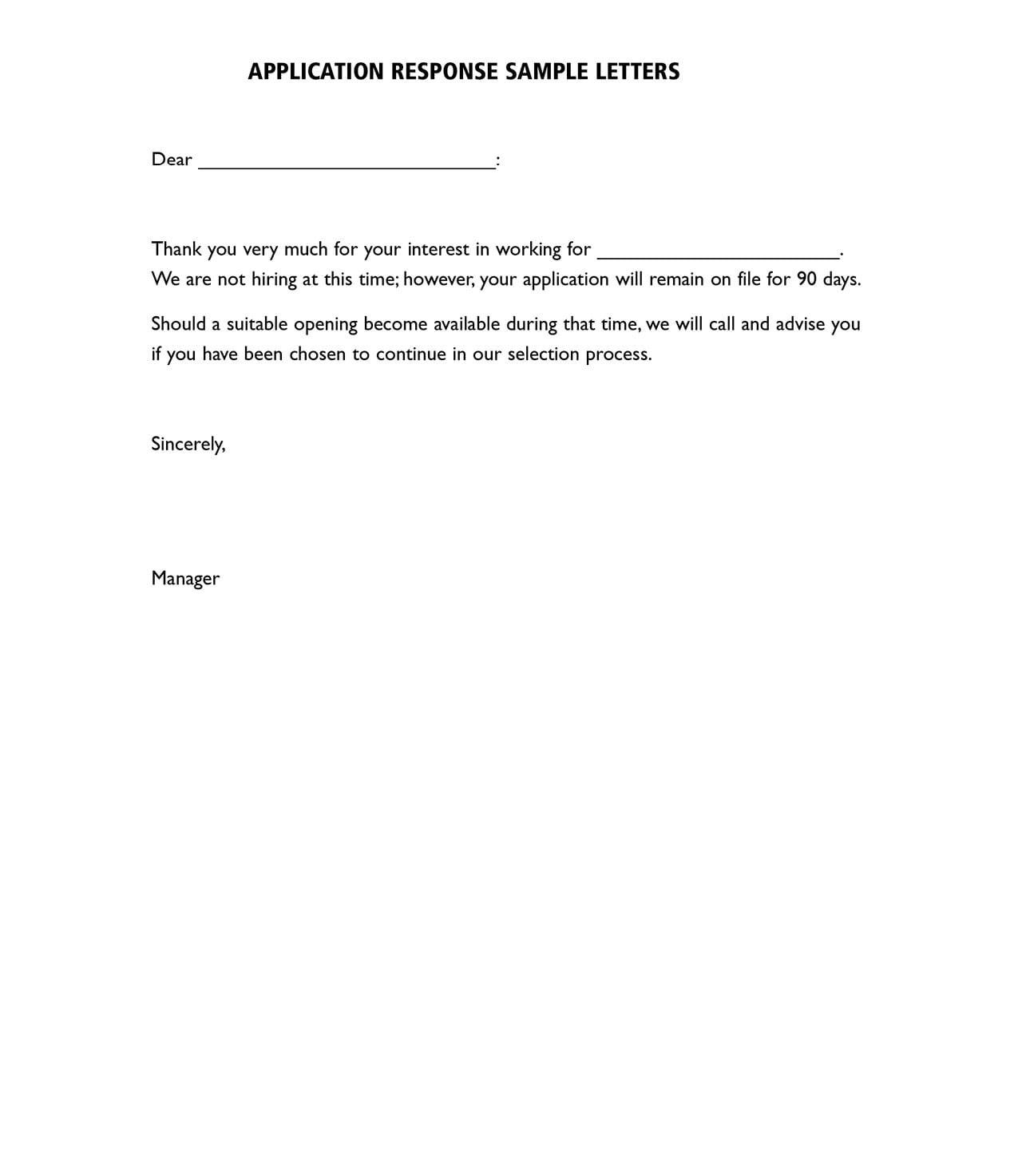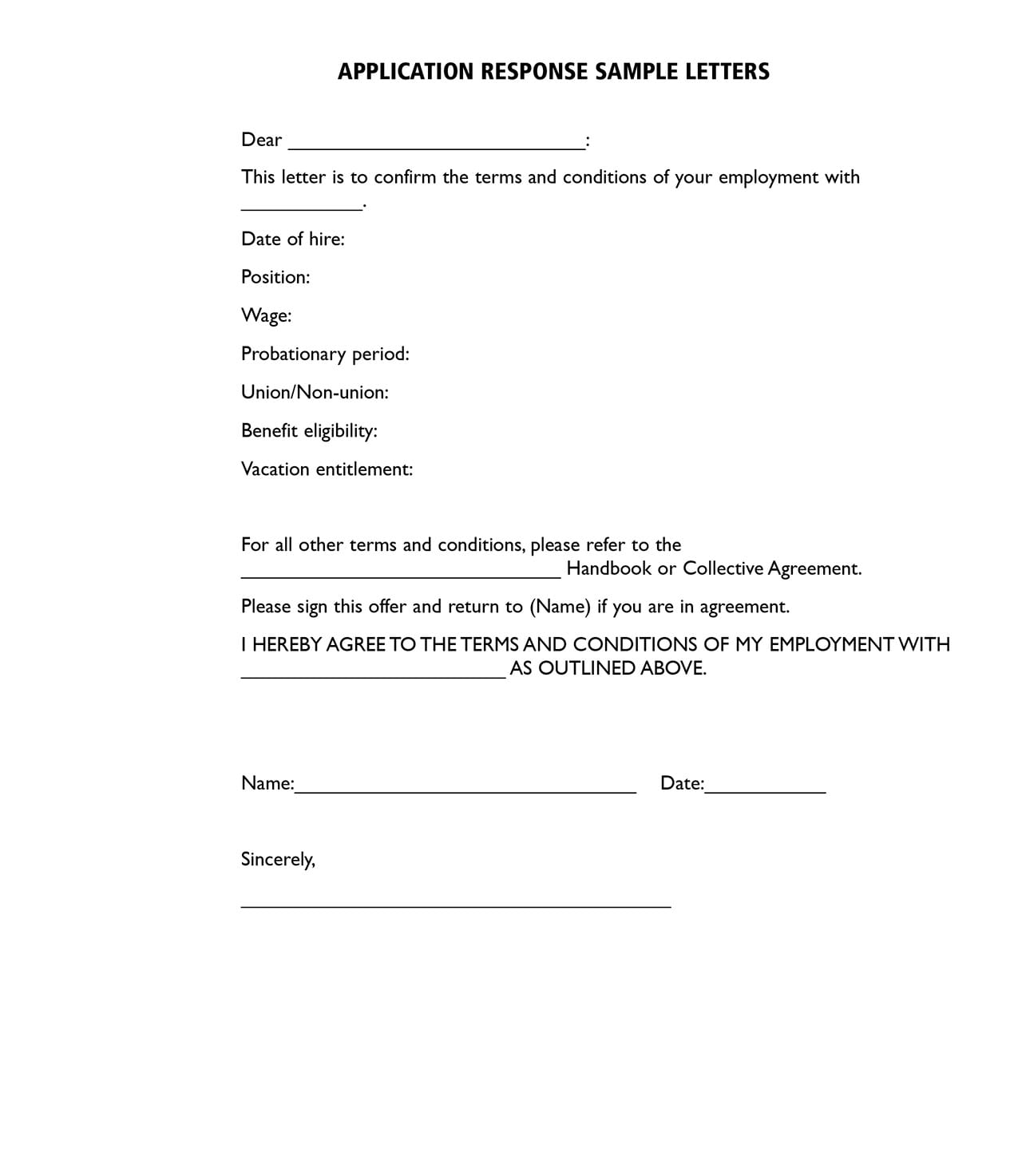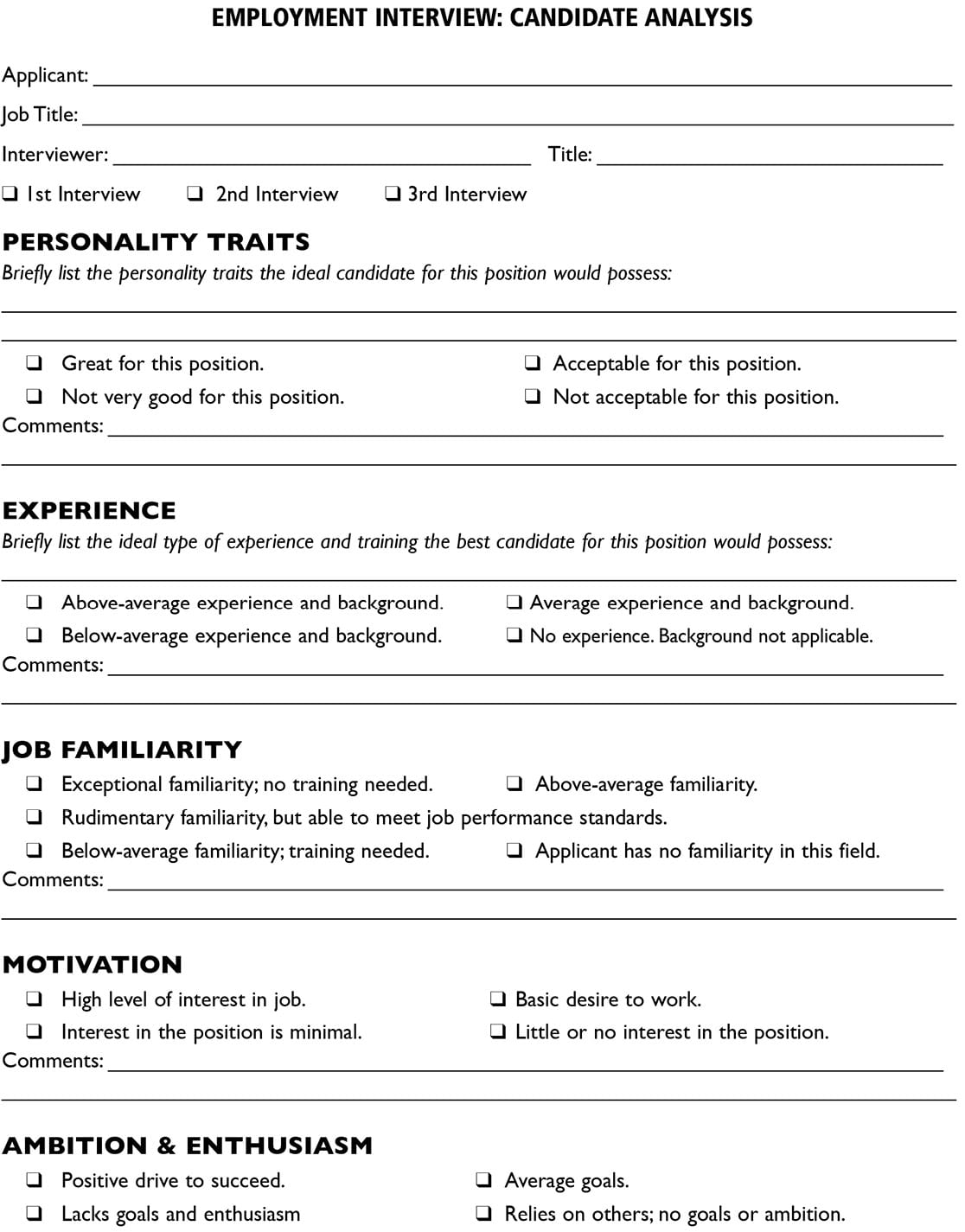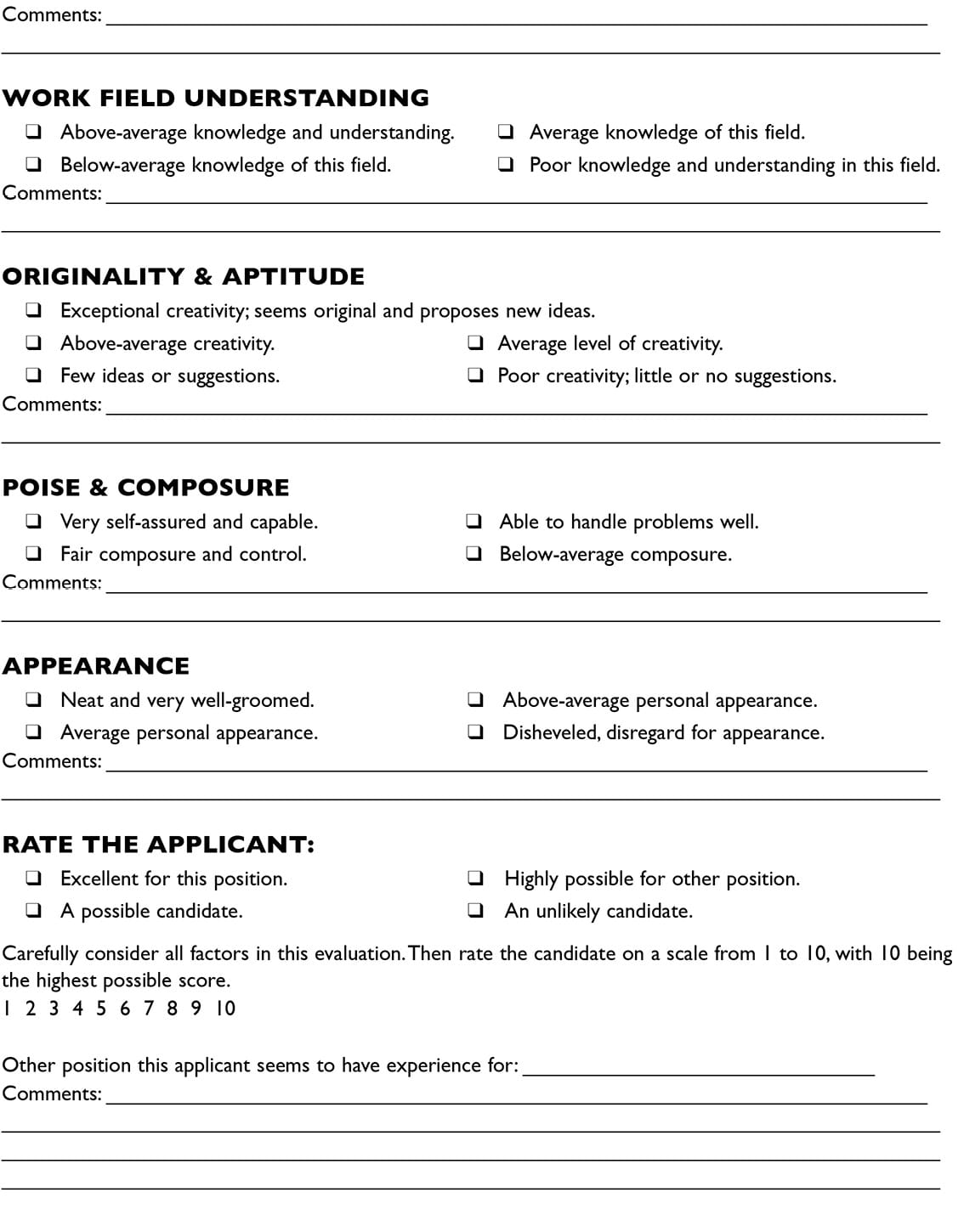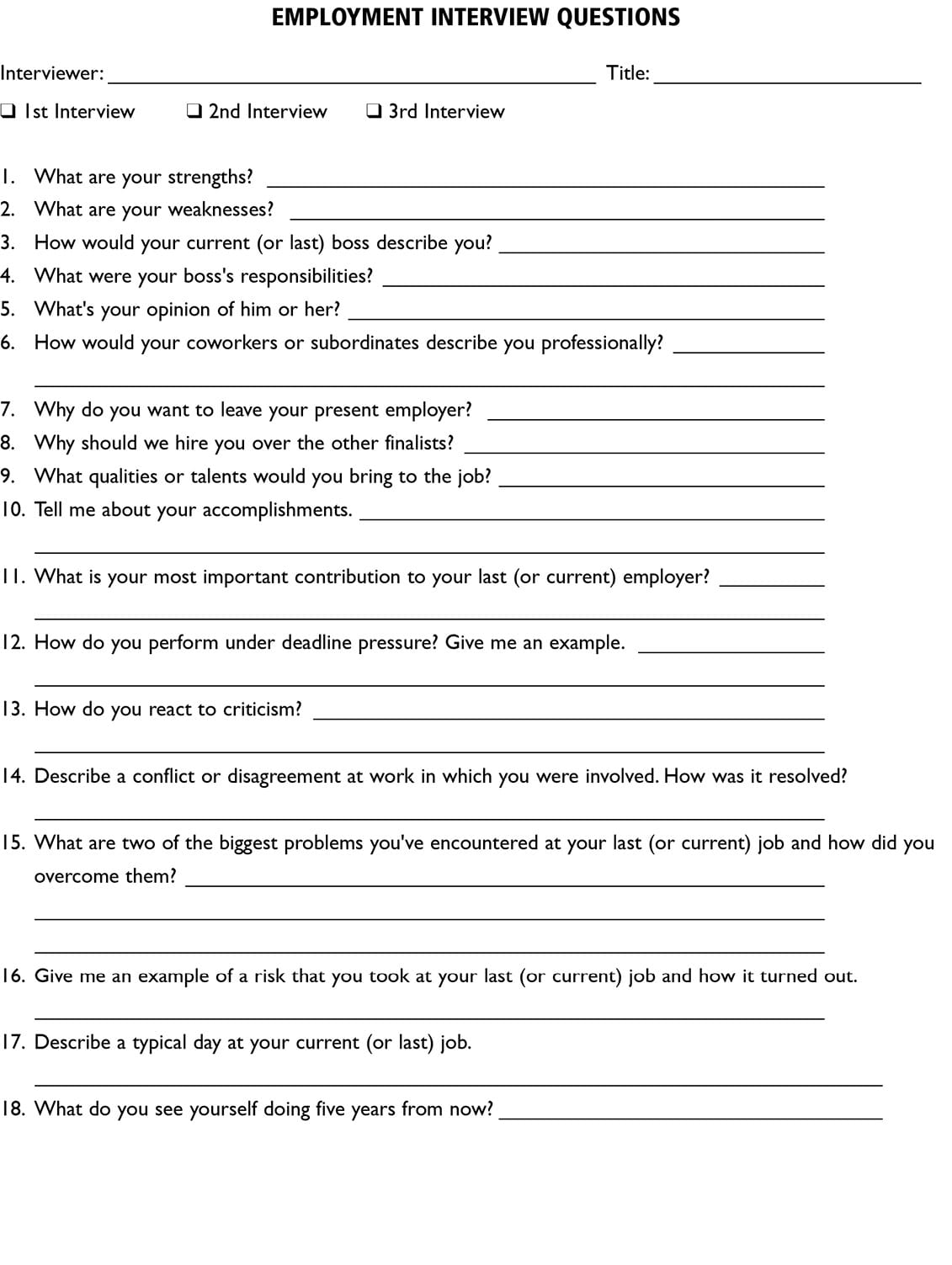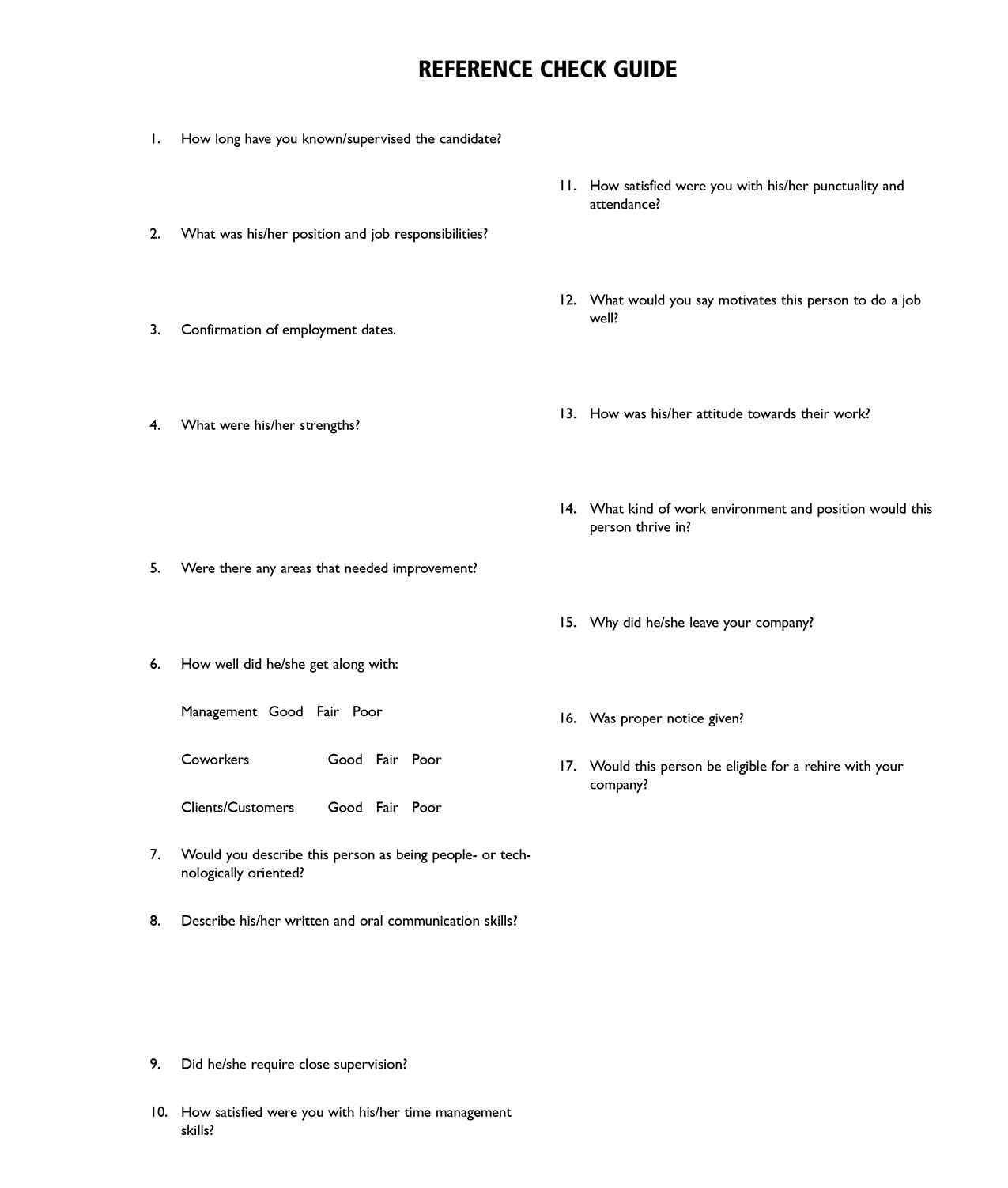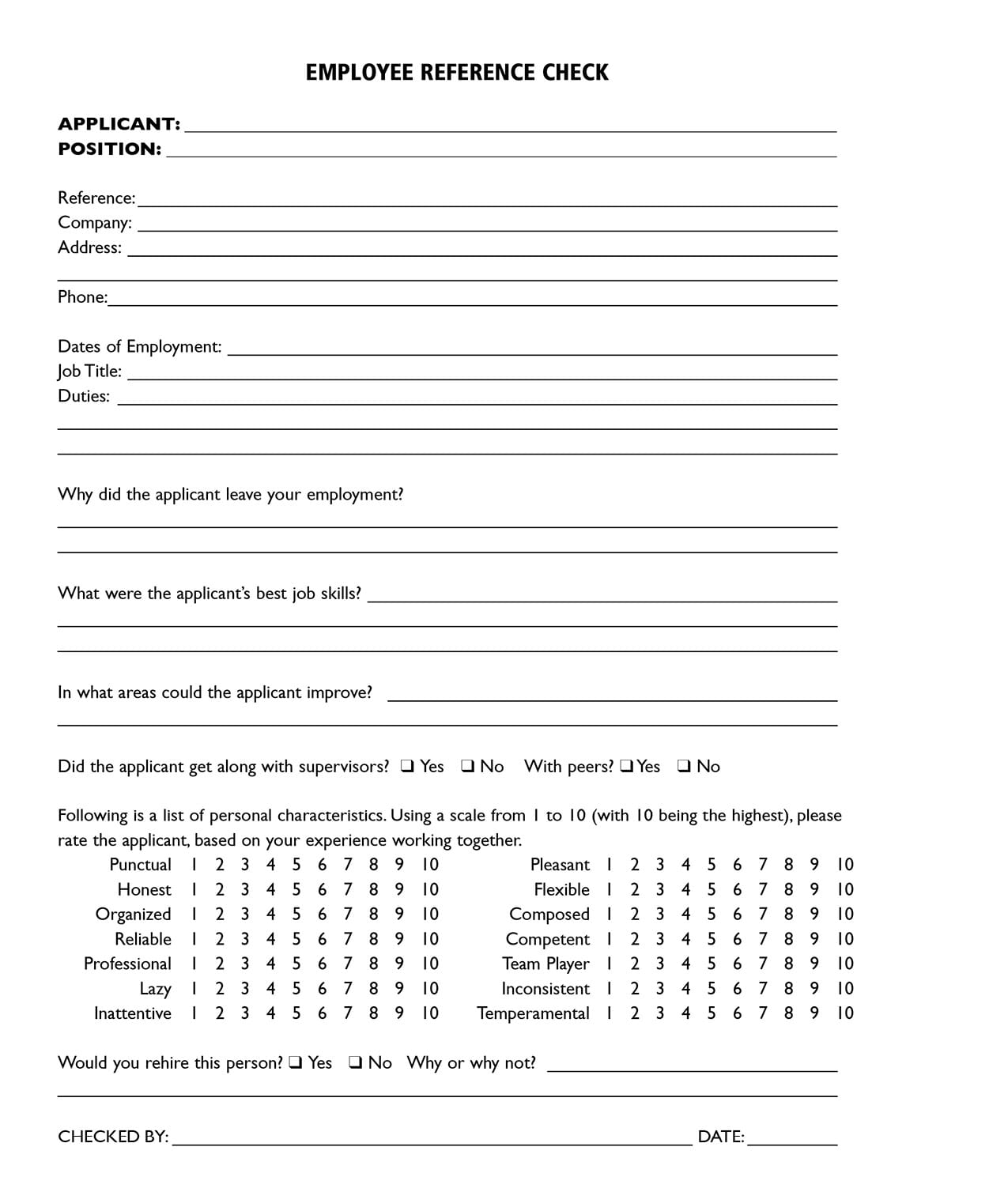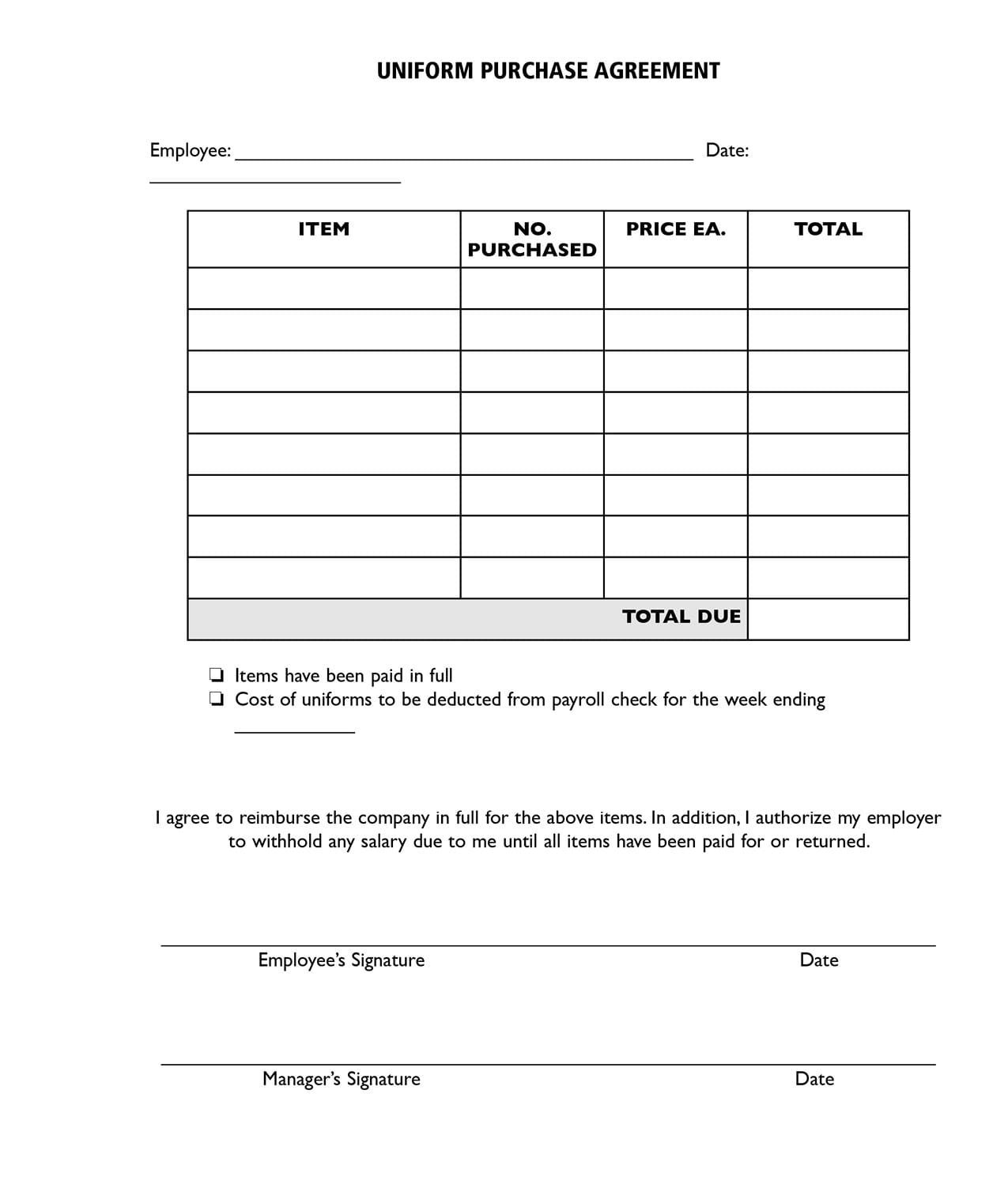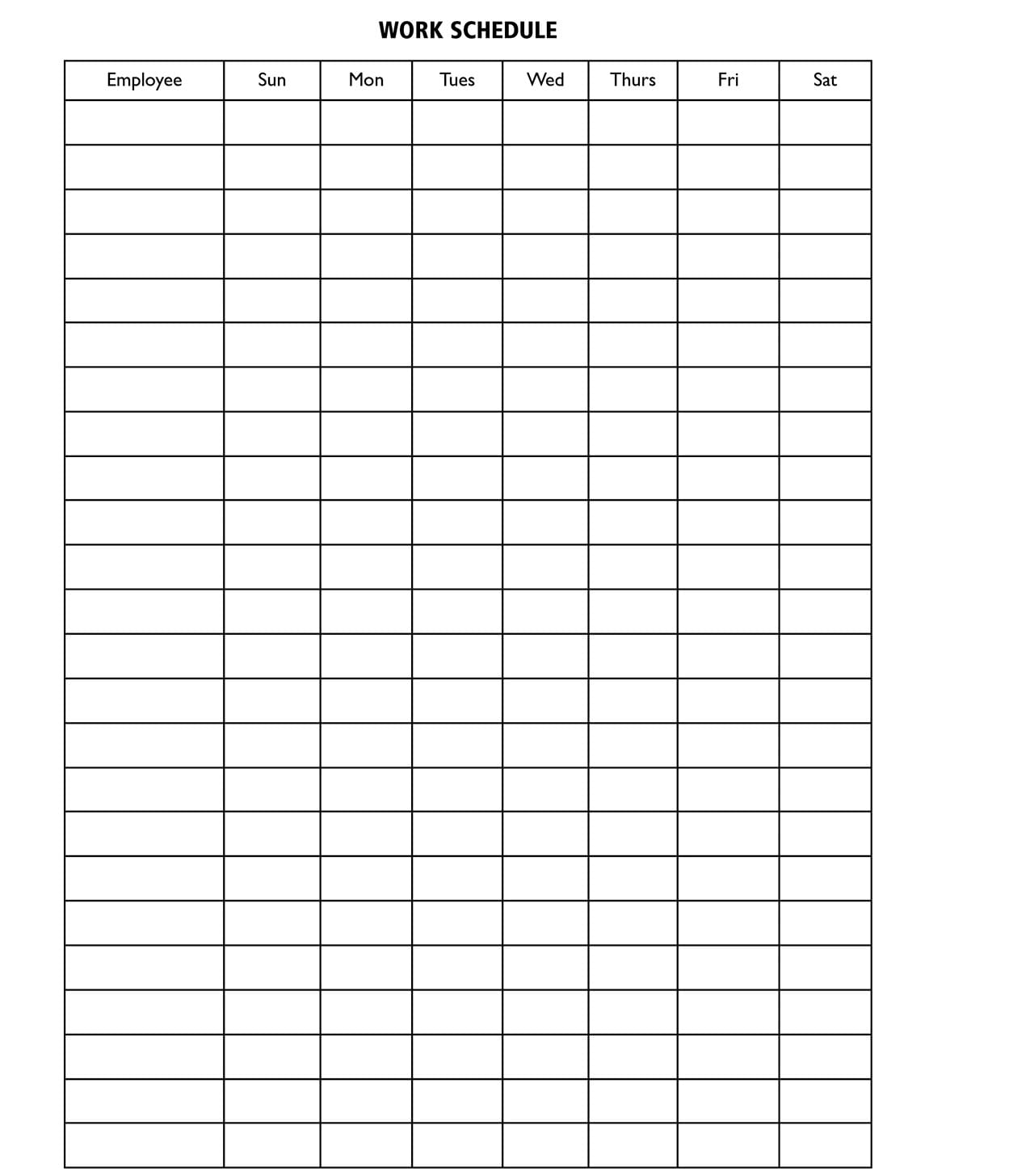![]()
Chapter 25: Finding, Recruiting, and Hiring Great Employees
TRAINING
The most serious problem facing labor relations in the restaurant industry today is the lack of trained personnel. New restaurant employees are often thrown into jobs with little or no formal training. While on the job they must gather whatever information and skills, correct or not, they can. Blame for this situation lies with management. Managers regard training as a problem that must be dealt with — quickly and all at once — so that the new trainee can be brought up to full productivity as soon as possible.
Getting employees to do things right means taking the time to train them properly from the start, so that they understand: what needs to be done; how to do it; and why it should be done that way. Effective training involves more than simply providing information. Managers and supervisors at every level must realize that training is a continuous process — it must never stop.
Most managers and supervisors think of training as teaching new employees skills, such as dishwashing or bartending. Training needs to be far more than that; management must look beyond its own interests. You must start to consider the employee’s interests, goals, needs, and desires, if you are to become successful.
Employees must know not only their jobs and how to perform them, but how their performance affects others in other parts of the restaurant. They must visualize their position as an integral part of an efficient machine, not as a separate, meaningless function. Take the plight of the dishwasher in most restaurants. Dishwashers are vitally important to the success of any restaurant and yet few managers, and virtually no other employees, are consciously aware of their importance. Rather than being treated with dignity and respect, they are considered, in most establishments, insignificant, menial laborers. They are often paid minimum wage with little or no benefits and expected to do all the dirty work: cleaning up after others and working in poor conditions while all the other employees shout orders and instructions. Many managers themselves do not fully realize the importance of this function or that it is far harder to find a good dishwasher than it is a good waitperson. I have always mandated that every new hire perform at least one shift in this position to fully understand its importance. Try giving the dishwashing staff an hour-long break one night and see the resulting chaos.
Telling an employee that his position and performance is crucial to the restaurant’s success and showing him the reasons why are two entirely different things. The importance of performing his job in the manner in which he was trained must by physically demonstrated to the employee, as well as the ramifications of straying from these procedures. Using the example of the frustrated dishwasher, let us apply this philosophy with some practical, hands-on management.
Start the training program by having all of the dishwashers come into the restaurant for dinner, lunch, or a pre-shift meal with you. While the waitperson is performing her service, point out the importance of having clean, grease-free dishes and explain why silverware and wine glasses must be checked for spots. Show them why the wait staff needs their stock quickly and what happens if they do not get it.
Type out a list describing the cost of each plate, glass, and so forth in the restaurant for the dishwashers. It is the most effective way to show why they must be so concerned and careful about breakage. List the cost of the other articles that pertain to their job, such as the dishwashing machine, chemicals, soaps, pots, pans, and knives.
Show them that you are concerned with both them and their performance. Pay more than the other restaurants in the area so that you will attract the best people. Set up some small benefits such as a free meal and free soda per shift. A financial incentive is the most effective type of motivating force. Establish bonuses for the dishwashers, such as giving them three to five cents extra for each cover served that night. The small cost of these extras will be substantiated with lower turnover rates and higher production.
Apply this principle of demonstrating rather than lecturing to illustrate your points with all of your employees and you will have the basis for a good training program and good employee relations.
HIRING TRAINABLE RESTAURANT EMPLOYEES
Your goal in hiring employees is to find the best possible fit for the job. As a service organization, you will be looking for employees with strong customer-service attitudes. By hiring the right person for the job, you save money and time on searching for, hiring, and training replacements. You will also save costs associated with additional FICA and unemployment insurance payments, overtime pay to cover unfilled positions, and fees for advertisements and employment agencies. You will also have fewer turnover and morale problems to worry about.
Like most management decisions, hiring the right employees requires planning. The first considerations are federal regulations concerning hiring employees. Make sure you know the rules before you start. The U.S. Department of Labor’s Elaws, at www.dol.gov/elaws, provides business owners with interactive tools that supply information about federal employment laws.
Wages and compensation are always important to employees. Be aware of local, state, and federal laws governing pay rates. In 2004 the Department of Labor enacted a new rule regarding “white-collar” employees and overtime-pay requirements. Employers can obtain a copy of the regulations and other information about the new rules at www.dol.gov/fairpay. Other useful guides on human resources and making hiring decisions can be found at www.uniformguidelines.com/uniformguidelines.html#3 (Uniform Guidelines on Selection Procedures) and The Council on Education in Management’s website at www.counciloned.com.
RECRUITING SOURCES
So where do you find good employees? Running an advertisement in the local paper is always the first avenue that comes to mind, but may not be your best resource for employees. Consider the following alternatives as well:
• Promoting from within. It is an excellent source. Hosts and bus people are often eager to be promoted to serving staff because of the increase in income and prestige. Not only does this method motivate your current workers, it saves you money on training because these people already know a great deal about the establishment and position. It is much easier and cheaper to find bussers and hosts/ hostesses from the outside and train them than to recruit and train a new server.
• Employee referrals. Ask your employees if they have friends or relatives who are looking for work. Offer an incentive to employees for helping you recruit. You can offer an employee a $25 bonus for each referral; if the person works out and stays on for a year, give both the employee and new hire a cash bonus at the end of that year.
• Open house. Hold an open house to find new employees. This strategy is particularly effective if you are looking to fill several positions at once. These take more work than a regular interview, but it may be worth it. Get your managers or other employees to help. Make sure to advertise the open house.
• Off-site recruiting. Restaurant trade shows are excellent places to recruit. Consider using other events for recruitment purposes such as wine tastings, food festivals, and career fairs.
• Customers. Got a regular customer looking for employment? You know they already like your restaurant so they will probably make a good salesperson too.
• Industry organizations and websites. Many industry websites have pages for posting jobs and résumés. Check out the National Restaurant Association at www.restaurant.org or Nation’s Restaurant News at www.nrn.com.
• Area colleges. Many college students are looking for a source of income and a schedule they can work around their classes. Many of these colleges also offer culinary arts or restaurant management programs such as Texas State Community College at www.waco.tstc.edu.
• Culinary Schools. Check out local and national culinary schools. They usually have a spot on their website for people to post résumés. Some examples include CIA at www.ciachef.edu, Sullivan’s University in Louisville, KY at www.sullivan.edu/programs/program2.htm, New England Culinary Institute at www.neculinary.com and US Hospitality Schools at www.restaurant.org/careers/schools.cfm.
If you do run an ad, be sure to study other hospitality employment ads in the paper. How are they written? What types of information are important? You should also think about what type of information you want to emphasize about your organization and the position. Do you offer better benefits than most of your competitors? You want to highlight that in any recruitment ad to attract applicants. Do you emphasize a fun work environment? Do you need someone that already has some food service skills or do you prefer to train someone from the ground up so they do not come in with any preconceptions or bad habits? Make a list of all the information you feel is important to include in your ad, then start writing. Most papers charge by the word, so you want to get your ad across as succinctly as possible. Also remember that a classified ad is a marketing tool. You are trying to attract good applicants; use exciting language to make applicants want to work for you.
There are alternatives when placing classified ads. The local paper is just one option. Think about area college newspapers, local magazines, hospitality websites, and community bulletin boards as well.
WHAT TO LOOK FOR IN POTENTIAL EMPLOYEES
Many managers fall into the “warm body” trap when hiring. This practice is widespread and causes many more problems than it solves. The manager will hire the first person that walks through the door to fill an empty space, which only leads to higher training and hiring costs because this person does not work out in the long run.
When hiring, take the time to carefully select your candidates. Here are some attributes to look for in this process:
• Stability. You do not want employees to leave in two months. Look at past employment-sheet records. Stability also refers to the applicant’s emotional makeup.
• Leadership qualities. Employees must be those who are achievers and doers, not individuals who have to be led around by the hand. Look at past employment positions and growth rate.
• Motivation. Why is the applicant applying to this restaurant? Why the restaurant industry in general? Is the decision career-related or temporary? Does the applicant appear to receive motivation from within or by domineering others, such as a spouse or parent?
• Independence. Is the applicant on her own? Does she appear to be financially secure? At what age did she leave home? And for what reasons?
• Maturity. Is the individual mentally mature enough to work in a stressful environment? Will she be able to relate and communicate with other employees and customers who may be much older?
• Determination. Does the applicant seem to always finish what she starts? Does she seem to look for, or retreat from, challenges? Examine time at school and at the last job.
• Work habits. Is the applicant aware of the physical work involved in restaurant employment? Has the applicant done similar work? Does the applicant appear neat and organized? Look over the application. Is it filled out per the instructions? Neatly? In ink? Examine past jobs for number and rate of promotions and raises.
SCREENING POTENTIAL EMPLOYEES
Screening job applicants will enable you to reject those candidates who are obviously unsuitable before they are referred to a lengthy interview, saving the restaurant and the applicants time and money. The preliminary screening can be done by an assistant manager. Job candidates may then be referred to the manager for intensive interviews. All applicants should leave feeling they have been treated fairly and had an equal opportunity to present their case for getting the job. It is an important part of public relations; the applicant that just left may be your next customer.
THE APPLICATION
Always have job candidates fill out an application form. The application form gives you information about the person’s skills and experience. The following tips will help you streamline your application process:
• Application file. You should keep applications on file for a year. It is a good source to use for potential employees the next time you have an opening. Rather than advertising, look at your application file first. Was there anyone who stood out that you did not have an opening for before?
• References. Make sure your application form has a spot for the candidate to list references. Then use this information. Many future problems can be avoided if you call two or three references. Ask the referee what job the candidate performed, what time period they worked for the referee, if the candidate got along with supervisors and coworkers, and if the referee would ever consider hiring her again.
• Tests. You may want to consider including job skills tests in your application process. Perhaps you could give the candidate a short math test or ask her to demonstrate how she would wait on a customer.
CRITERIA
Base your preliminary screening on the following criteria:
• Experience. Is the applicant qualified to do the job? Examine past job experience. Check all references.
• Appearance. Is the applicant neatly dressed? She will be dealing with the public; the way the applicant is dressed now is probably better than the way she will come to work.
• Personality. Does the applicant have a personality that will complement the other employees and impress customers? Is she outgoing but not overbearing?
• Legality. Does the applicant meet the legal requirements?
• Availability. Can the applicant work the hours needed? Commute easily?
• Health and physical ability. Is the applicant capable of doing the physical work required? All employees hired should be subject to approval only after a complete physical examination by a mutually approved doctor. Make certain the application is signed and dated.
APPLICANT CATEGORIES
All applicants at this point should be divided into one of the three following categories:
• Refer applicant. Refer applicant to manager for interview and, if feasible, to the department head where the job is open.
• Reject. Describe the reasons for rejection and place the application on file for future reference.
• Prospective file. Any applicant who is not qualified for this position but may be considered for other areas of the restaurant should be placed in a prospective applicant file.
INTERVIEWING
The application will give you some information about a potential employee, but the job interview will give you more. When interviewing, do not use a script; instead, have a conversation. Focus on what animates the candidate. Ask open-ended questions and look for thoughtful responses. Also have other employees participate in the interview process so that you can compare impressions. Look for new hires that will be amenable to cross-training and new opportunities. Ask how they feel about taking on new responsibilities and what other positions they would like to learn. Here are some guidelines that will help you through the interviewing process.
• Be systematic. Before you go into an interview, prepare a list of questions. Also, be sure to read the application before you sit down for the interview. Have the job description, expected work hours, pay information, and general restaurant policies in front of you. Discuss these details with the candidate. Inform the applicant of the time frame within which she will be notified about the position. Ask if the applicant has any questions before you finish the interview.
• Take notes. It will make it easier to compare potential candidates when you make your hiring decision.
• Have a panel interview. In restaurants, interviews are typically conducted by managers. Think about including others in the interview process. If you are hiring a new server, you may want the serving captain to interview with you. This person may think to ask important questions you would not. Do not include too many people or you are likely to make the candidate a bundle of nerves.
• Develop a rapport. Job interviews are stressful. Take a few moments at the beginning of interviews to chat and put the applicant at ease; let the person relax and the interview will be more successful.
• Treat all applicants considerately and show a genuine interest in them, even if they have little or no chance of obtaining the job. Every applicant should be treated as a potential customer because they are.
• Be on time and ready to receive the applicant. Arriving late or changing appointment dates at the last minute will give the applicant the impression that you are unorganized and that the restaurant is run in the same manner.
• Know the job being offered. You cannot possibly match someone’s abilities with a job you do not know or understand completely.
• Make the applicant feel at ease. Have comfortable chairs and beverages available. Speak in a conversational, interested tone.
• Applicants will be full of questions about the job, its duties, and the salary. Newspaper advertisements tell only a little about the job and your company, so allow plenty of time for this important discussion.
• Let the applicants speak whenever possible. You can learn a great deal about them by the way they talk about themselves, past jobs, former supervisors, and school experiences. Watch for contradictions, excuses, and, especially, the applicant being on the defensive or speaking in a negative manner. Avoiding subjects is an obvious indication that there was some sort of problem there in the past; be persistent about getting the whole story, but do not be overbearing. Come back to it later if necessary.
• Pay as much attention to the interviewee’s appearance. Notice if the applicant appears clean, well groomed, and appropriately dressed for the interview. Does the person have good posture? Is she chewing gum? Does the person smile frequently?
• Never reveal that you may disapprove of something an applicant has done or said; always appear open-minded. On the other hand, do not condone anything that is obviously in error.
• Always ask a few questions they do not expect and are not prepared for: What do they do to relax? What are their hobbies? What is the last book they read? Try to understand their attitudes, personalities, and energy levels.
• Perhaps one of the most useful things you can ask when interviewing prospective employees is: What were your favorite parts of your previous job? Look to see if the things they liked to do with previous employers fit with the things you will be asking them to do for you. It is important to cross-train employees to do as many jobs as possible and it helps employers know which of those jobs will be a good fit. Often in interviewing prospective food service employees, you will get two types of applicants: those who say they prefer the “people part” of the job (talking to guests, serving customers, running the cash register) and those who like the “food part” of the job (chef, salad prep, line cook). Most applicants will be fairly honest about what they like to do.
• Be sure to ask at least one behavior-based question; it will be very useful in getting at how an applicant responds in real-life work situations and how well she is able to handle them. For example: “What would you do if a customer complained that the soup just does not taste right?” or “What would you do if your seemingly happy patron did not leave any tip at all?”
WHERE TO INTERVIEW
Conduct interviews in a quiet place, such as a back table during a slow period. Most restaurant owners and managers like to hold interviews and accept applications in the mid-to late afternoon between lunch and dinner rushes. Be sure to eliminate distractions. Ask your staff not to interrupt you and turn off your cell phone and pager.
FIRST IMPRESSIONS
The interview is where you get your first impression of your potential employee. Notice what they are wearing. You can also get a feeling for their punctuality. Did they arrive on time? Better yet, did they arrive five minutes early? Do they seem organized? Do they have all the information they need to fill out the application?
INTERVIEW RED FLAGS
Watch out for individuals who show too much interest in hours, benefits, wages, and titles during the interview process. This interest can signal a person who is not too interested in work. Look for long lapses of time in the work history section of their application. Ask the person what they did during this time; they may simply have taken time out to raise children or it could signal a trouble spot.
WHAT TO LOOK FOR IN A PERSON YOU ARE HIRING AS A SERVER
Look for a passion for service. Often passion is more important than a lot of past experience. People with non-traditional backgrounds are often more flexible. Also remember that people skills are more important than technical skills; you can easily teach the technical skills. Does the candidate look you in the eye? Does he or she smile? Do they seem warm and friendly or aloof? What does their body language tell you? Someone who sits back with their arms folded sends a negative signal. Someone sitting forward signals interest and eagerness. Look for servers with outgoing personalities who will be good salespeople.
AVOIDING INTERVIEW-RELATED LAWSUITS
There are two basic types of interview problems: 1) interviewer deficiencies that can be improved with training and 2) discriminatory actions or impacts that may result in compliance actions or lawsuit. There is no way to guarantee that you will never be sued. However, employers can do several things that will minimize the risk. Employers should:
• Design questions carefully.
• Ask only pre-planned questions.
• Ask the same questions of every applicant.
• Carefully document responses.
• It is very important that the interview be documented in two ways: 1) notes taken during the interview and 2) recap documentation that supports a recommendation after the interview is over. Most employers provide forms and instructions to ensure that the record is carefully made and preserved.
• Be aware of bias. If you are aware that a manager is biased, do not allow that manager to interview. Managers who are biased will reflect those biases in the interview. The biased individual has a tendency to find traits and attitudes that fulfill preconceived beliefs.
• Treat every applicant with respect and dignity.
• Pay particular attention to your rejection methods. Although most applicants are rejected, ensure that the methods are professional, respectful, and kind.
• Consider rejected applicants’ challenges. Provide an internal method for rejected applicants to challenge the rejection. Try to understand the applicant’s perspective and, if there is error on the part of the company, rectify the error.
• Audit the process.
Do not wait for a third party to review your records and advise you that there is adverse impact in your selection rates. Do not only review the process annually for the affirmative action plan. Know what your selection rates are and, in the event there appears to be an adverse impact, fully investigate the matter. Advise management of risks and enlist managers in finding solutions.
UNLAWFUL PRE-EMPLOYMENT QUESTIONS
This section is not intended to serve on behalf of or as a substitute for legal counsel or even as an interpretation of the various federal and state laws regarding equal and fair employment practices. The purpose of this section is only to act as a guide to the type of questions that may be legally asked of a potential employee.
A thorough discussion of this subject with both the state and federal labor offices and with your lawyer would be in order. Standard employment applications may be purchased at your local office supply store. Before you use these forms, let your lawyer examine one to make certain that it does not contain questions that might be considered illegal.
The Federal Civil Rights Act of 1964 and other state and federal laws ensure that a job applicant will be treated fairly and on an equal basis, regardless of race, color, religious creed, age, sex, or national origin.
There is a fine line between what may and may not be asked of applicants. Use common sense in regard to the type of questions you ask. Avoid questions that are related to or might evoke an answer that infringes upon the applicant’s civil rights. Beware of:
• Age/date of birth. Age is an area of great concern for establishments with liquor,
• Wine, or beer licenses. Age is a sensitive pre-employment question because the Age Discrimination in Employment Act (www.eeoc.gov/policy/adea.html) protects employees 40-years-old and above. It is permissible to ask an applicant to state his or her age if it is younger than 18 years.
• Drugs, smoking. It is permissible to ask an applicant if she uses drugs or smokes. The application also affords an employer the opportunity to obtain the applicant’s agreement to be bound by the employer’s drug and smoking policies. The application also affords an employer an opportunity to obtain the applicant’s agreement to submit to drug testing.
• Other problem areas. Questions concerning whether an applicant has friends or relatives working for the employer may be improper if the employer gives a preference to such applicants. Questions concerning credit rating or credit references have been ruled discriminatory against minorities and women. Questions concerning whether an applicant owns a home have been held to be discriminatory against minority members. While questions about military experience or training are permissible, questions concerning the type of discharge received by an applicant have been held to be improper because a high proportion of other-than-honorable discharges are given to minorities. The Americans with Disabilities Act prohibits general inquiries about disabilities, health Problems, and medical conditions.
A list of prohibited questions, some of which are obvious but used to illustrate the point:
• How tall are you, anyway?
• What color are your eyes?
• Do you work out at the gym regularly?
• Do you or anyone you know have HIV or AIDS?
• Did you get any workers’ comp from your last employer?
• How old are you, anyway?
• Have you been in prison?
• Are you really a man?
• Do you rent or own your home?
• Have you ever declared bankruptcy?
• What part of the world are your parents from?
• Are you a minority?
• Is English your first language?
• I can’t tell if you’re Japanese or Chinese. Which is it?
• So which church do you go to?
• Who will take care of the kids if you get this job?
• Is this your second marriage, then?
• Just curious: Are you gay?
• Are you in a committed relationship right now?
• How does boyfriend feel about you working here?
QUESTIONS YOU WILL WANT TO ASK
Start out by reviewing the applicant’s work history. You should also ask if anything would interfere with the person getting to work on time. You should ask specifics about experience. Has the candidate ever served wine? How many tables has she waited on at one time? Has she made salads before? You may also want to give the candidate hypothetical questions to answer to see how she would react in particular situations.
Ask the candidate, “If a customer sent back a freshly opened bottle of wine, what would you do?” or “It’s a Saturday night. One of the other servers has called in sick and the salad person has just walked out. How would you react?” These types of questions can tell you about job knowledge and how well a person works under stress.
Some of the questions will only require a yes or no answer. You should also ask open-ended questions to give the applicant an opportunity to talk. A job applicant should do about 80 percent of the talking. You can ask an applicant to describe what she liked best about her previous job.
Here are some specific questions you may want to ask:
• What are your strengths?
• What are your weaknesses?
• How would your current (or previous) boss describe you?
• What were your boss’s responsibilities? What is your opinion of him or her?
• How would your coworkers or subordinates describe you professionally?
• Why do you want to leave your present employer?
• Why should we hire you over the other applicants?
• What qualities or talents would you bring to the job?
• Tell me about your accomplishments.
• What is your most important contribution to your last (or current) employer?
• How do you perform under deadline pressure? Give me an example.
• How do you react to criticism?
• Describe a conflict or disagreement at work in which you were involved. How was it resolved?
• What are two of the biggest problems you have encountered at your job and how did you overcome them?
• Think of a major crisis you have faced at work and explain how you handled it.
• Give me an example of a risk that you took at your job (past or present) and how it turned out.
• What is your managerial style like?
• Have you ever hired employees? Have they lived up to your expectations?
• What type of performance problems have you encountered in people who report to you and how did you motivate them to improve?
• Describe a typical day at your present (or last) job.
• What do you see yourself doing five years from now?
SCENARIO QUESTIONS
You also want to ask scenario questions. These can be used to gain insight into an interviewee’s service attitude:
• If you were serving a guest who appeared to have had too much to drink, what would you do?
• If a guest is served the wrong order or an improperly prepared order, how would you handle the situation?
• If a customer is on a restricted diet, what types of menu items would you suggest?
For more information about legal and appropriate interview strategies, visit www.doi.gov/hrm/pmanager/st13c3.html. The National Restaurant Association also offers a publication entitled The Legal Problem Solver for Restaurant Operators. You can order the publication online at www.restaurant.org.
RECRUITING FOR TEAMWORK
When hiring, you want to find people who are going to pitch in and help. You want people who can function well as part of a team. When recruiting, avoid superstars and seek both technical skills and evidence of being good with people. You may want to ask about teams they have been on (sports or other). Also ask how they may have handled conflict with fellow workers in the past.
There are four personality types that function well in a team environment. The best teams have a balance of all four members. Understand the different types and roles. Keep your eyes open for these types of individuals:
|
PERSONALITY TYPES ADVANTAGEOUS FOR TEAMWORK |
|
|
Personality Type |
Characteristics |
|
The contributor |
Technically adept, task-oriented, born trainer. Excellent leader in kitchen or detail-oriented bus staff. |
|
The collaborator |
Goal-oriented, quick to help out. Excellent in front-of-the-house staff. |
|
The communicator |
Process-oriented, great floor manager, server, greeter, good trainer, attentive listening skills for problem-solving. |
|
The challenger |
Candor and openness, helps a team explore better ways of doing things, highly principled, willing to disagree, blow whistle. |
THE FINAL SELECTION AND DECISION
Reaching the final selection is often a difficult choice. You may have many applicants who are qualified and would probably become excellent employees, but which one do you decide upon? Always base your choice on the total picture the applicants have painted of themselves through the interviews, résumés, and applications. Gather advice from those who interviewed or had contact with the individuals. Not only will it help you reach the correct decision but will also make the rest of your staff feel like a part of the management decision-making team. Whomever you select, she must be someone you feel good about having around, someone you will enjoy working with, and you feel will have a good chance of being successful at the job.
When you offer her the job, make certain the applicant fully understands the following items before accepting the position:
• Salary. Starting pay, salary range, expected growth rate, the day payroll is issued, company benefits, vacations, insurance, etc.
• Job description. List of job duties, hours, and expectations.
• Procedures for first day of work. Time and date of and to whom she will report on the first day of work.
REJECTING APPLICANTS
Rejecting applicants is an unpleasant, difficult task. The majority of the applications will be rejected immediately. Some applicants will ask the reason for rejection. Always be honest, but use tact in explaining the reasoning behind the decision. Avoid a confrontation, explaining only what is necessary to settle the applicant’s questions. Usually it will be sufficient to say, “We accepted an applicant who was more experienced,” or “…who is better qualified.”
Some applications may be transferred into a “prospective file” for later reference. Inform the applicant of this action, but do not give the impression that she has a good chance of being hired, nor state a specific date when you will be looking for new employees.
PERSONNEL FILE
Once the applicant is hired, a personnel file should be set up. It should contain the following information:
• Application.
• W-4 Form and Social Security number.
• Name, address, and phone number.
• Emergency phone number.
• Employment date.
• Job title and pay rate.
• Signed form indicating receipt and acceptance of Employee Handbook/ Personnel Policy Manual.
You will continually add to the personnel file with items such as:
• Performance evaluations.
• Termination date and a detailed account of the reasons for termination.
EMPLOYEE HANDBOOK
One of the first training materials your new employees will see is an employee handbook. Federal law mandates that all employers, regardless of size, have written policy guidelines. Employee handbooks/policy manuals are used to familiarize new employees with company policies and procedures. They also serve as guides to management personnel. Formally writing down your policies can keep you out of court, prevent problems and misunderstandings, save time spent answering common questions, and look more professional to your employees. Explaining and documenting company policy to your employees has been proven to increase productivity, compliance, and retention.
Lack of communication, along with inadequate policies and guidelines, have been cited as major factors in workplace legal disputes. Failure to inform or notify employees of standard policies has resulted in the loss of millions of dollars in legal judgments. Simply not being aware that their actions violated company policy has been an effective defense for many terminated employees. Most important is to have the employee sign a document stating she has received, reviewed, understands, and intends to comply with all policies in the manual.
If you have ever written a policy document before, you know how time-consuming it can be. Even if you were a lawyer, it would likely take you 40 hours to research and write a comprehensive employee manual. To pay someone to draw one up can cost thousands of dollars. Atlantic Publishing has put together a standard employee handbook guide for the food service industry; all you have to do is edit the information. The template contains all of the most important company handbook sections and it is written in Microsoft Word so that customizing and printing your manual is easy. The program currently sells for around $70 and is available at www.atlantic-pub.com, or by calling 800-814-1132.
When writing your employee manual, keep these simple writing tips in mind:
• Write for your audience. Make sure the tone, style, and language reflect the audience for whom you are writing.
• Organize your material before you begin writing.
• Make sure to revise and edit. It is also a good idea to have someone else read your handbook. A second pair of eyes often catches mistakes you might have missed.
• Use simple, direct language and avoid wordiness.
• Use the active voice. Instead of saying, “The server was taking the drink order,” say, “The server took the drink order.” Active voice keeps your manual much more immediate and it emphasizes your subject (the employee or trainee) rather than the object.
• Use gender-neutral language.
For much more information about hiring, training and motivating restaurant employees, I recommend the following books by Atlantic Publishing (www.atlantic-pub.com). Some are general restaurant reference while others are topic specific for concerns that restaurant managers may need.
• The Encyclopedia of Restaurant Training (Item # ERT-02).
• How to Hire, Train, and Keep The Best Employees (Item # HTK-02).
• The Food Service Manager’s Guide to Creative Cost Cutting (Item # CCC-01).
• The Food Service Professional’s Guide to Controlling Restaurant and Food Service Operating Costs (Item # FS5-01).
• The Food Service Professional’s Guide to Controlling Restaurant and Food Service Labor Costs (Item # FS7-01).
• The Food Service Professional’s Guide to Waiter & Waitress Training: How to Develop Your Staff For Maximum Service & Profit (Item # FS10-01).
• The Food Service Professional’s Guide to Bar & Beverage Operation: Ensuring Success & Maximum Profit (Item # FS11-01).
• The Food Service Professional’s Guide to Successful Catering: Managing The Catering Operation For Maximum Profit (Item # FS12-01).
• How to Communicate With Your Spanish and Asian Employees (Item # CSA-02).
• The Restaurant Manager’s Success Chronicles (Item # MSC-01).
• Key Words Food Service Employee Translation Poster (Item # KWF-PS).
• The Professional Caterer’s Handbook (Item # PCH-01).
• The Complete Guide to Successful Event Planning (Item # SEP-01).
• The Non Commercial Food Service Manager’s Handbook (Item # NCF-02).
• 8 Posters to Reinforce Good Service (Item # WSP-PS).
• The Complete Wait Staff Training Course on Video or DVD (English DVD: Item #CWS-ENDVD-02).
• The Waiter and Waitress and Wait Staff Training Handbook (Item # WWT-TH).
• Design Your Own Effective Employee Handbook (Item # GEH-02).
• 365 Ways to Motivate and reward Your Employees Every Day – With Little or No Money (Item # 365-01).
• 199 Pre-Written Employee Performance Appraisals (Item # EPP-02).
• Superior Customer Service: How to Keep Customers Racing Back to Your Business-Time Tested Examples from Leading Companies (Item # SCS-01).
